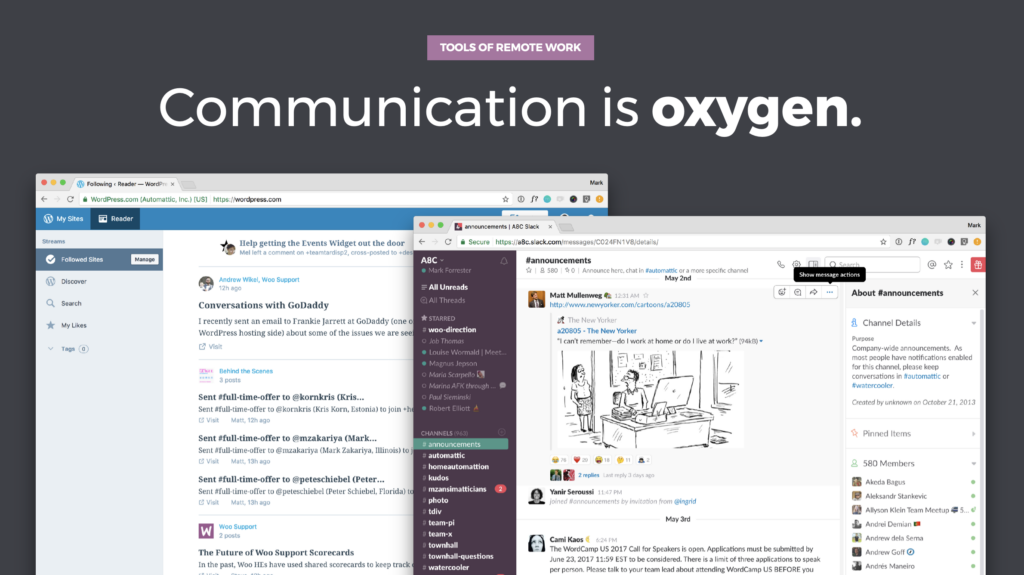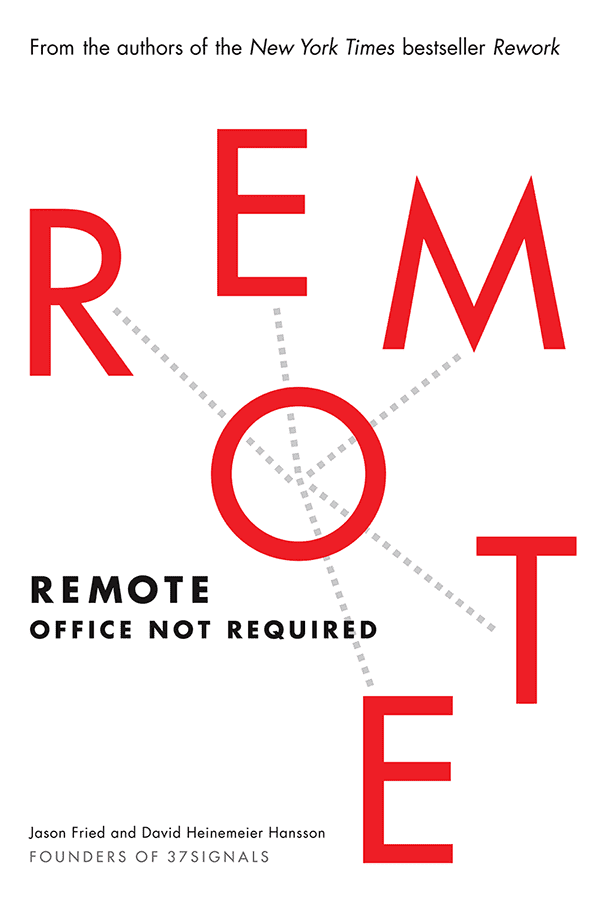
As someone who works remotely at WooCommerce and Automattic, I get a lot of questions about the tools that we use to stay productive and connected. Recently, Beau wrote an extensive post about the tools we use for remote work, which does a great job of summarizing our setup.
In his post, Beau covers everything from the tools we use for communication and collaboration, to the tools we use for project management and tracking. He also discusses the importance of having a good workspace and the benefits active communication.
Paolo also wrote a great post about the difference between distributed and remote work. In his post, he explains that while the terms are often used interchangeably, there are some key differences between the two. Distributed work, for example, involves having a team that is spread out across multiple locations, while remote work typically involves individuals working from home or other remote locations.
Overall, both of these posts provide valuable insight into the tools and practices that we use at WooCommerce and Automattic to work remotely. If you’re interested in learning more about remote work, I would definitely recommend checking them out.
If you’re interested in learning more about this topic, I would definitely recommend giving these two books a read:
The Year Without Pants: WordPress.com and the Future of Work

I recommend the book “The Year Without Pants” by Scott Berkun, who worked for Automattic for a period of time and wrote a whole book about the experience. The book delves into the challenges and benefits of remote work, and offers insight into how we succeed despite its unconventional approach.
I can relate to many of the challenges and benefits discussed in the book. One of the biggest challenges of working remotely is the lack of face-to-face interaction with coworkers. This can make it difficult to build strong relationships and can also make it harder to collaborate on projects.
However, as the book discusses, there are also many benefits to working remotely. For me, one of the biggest benefits is the flexibility it offers. I was able to set my own schedule and work from anywhere, which allowed me to better balance my work and personal life. Additionally, working remotely can also lead to increased productivity, as it allows me to eliminate distractions and focus on the tasks at hand.
Remote: Office not Required

Whenever I give a talk on the subject, I always recommend “Remote: Office Not Required” by Jason Fried and David Heinemeier Hansson. This book offers a fascinating look at the concept of remote work and the benefits it can offer both businesses and individuals.
One of the key points that the authors make is that remote work is not just about allowing employees to work from home. It’s about giving people the freedom and flexibility to work from anywhere, at any time. This can be incredibly beneficial for both businesses and employees, as it allows for a better work-life balance and greater productivity.
The authors also discuss the benefits of remote work for businesses. These include lower overhead costs, access to a global talent pool, and the ability to attract and retain top talent. They also touch on the challenges that come with remote work, such as communication and collaboration, and offer practical solutions for overcoming these challenges.